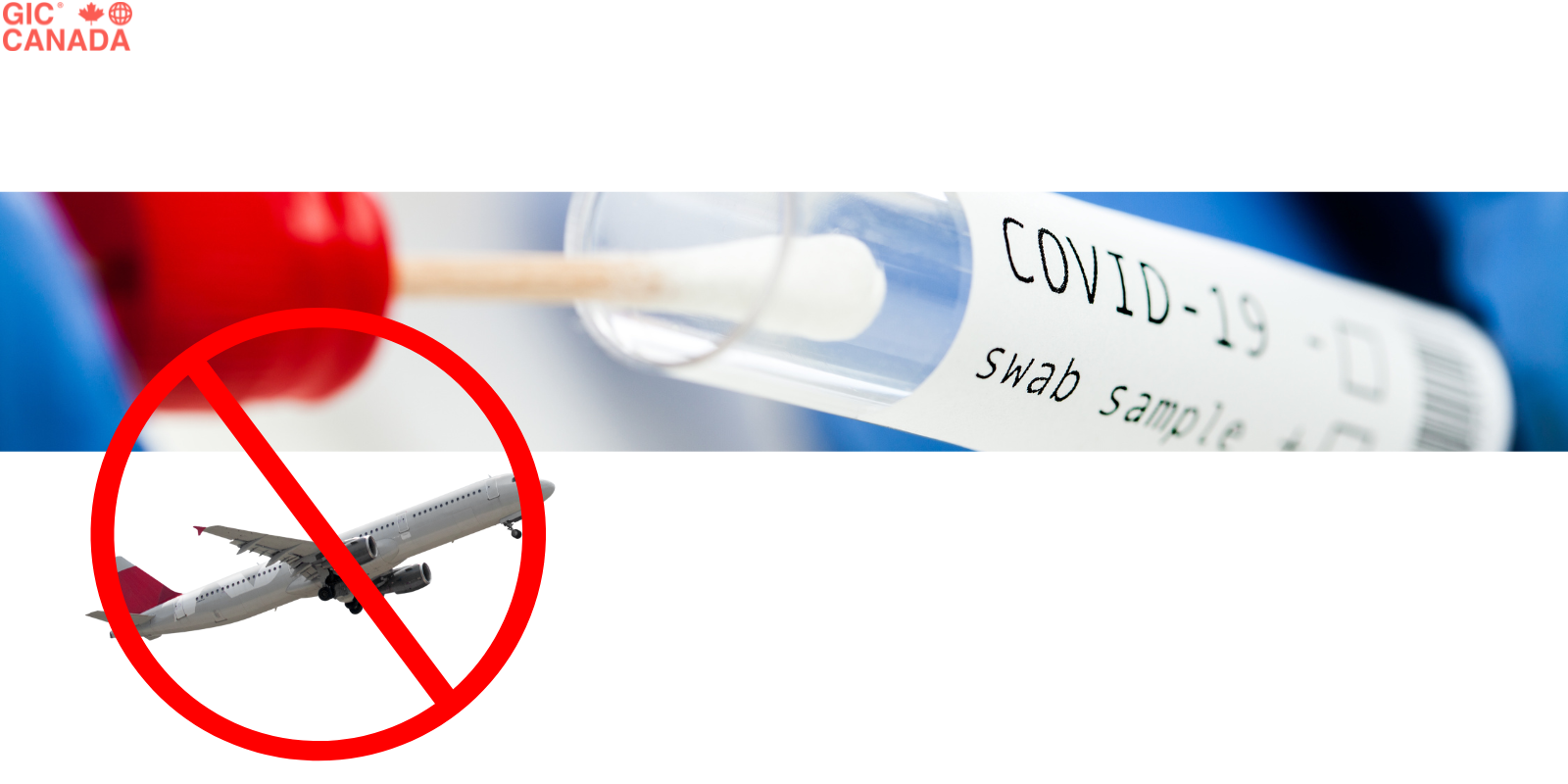On September 14, the Immigration, Refugees and Citizenship Canada (IRCC) issued 3,250 invitations to apply for the next Express Entry, the sixth since the July 6 renewal of all programs.
The minimum Comprehensive Rating System (CRS) score was 510. No specific programs were identified in the draw, meaning that invitations were issued to applicants from Canadian Experience Class (CEC) and Federal Skilled Worker Program (FSWP), Federal Skilled Trades Program (FSTP). The Express Entry Program is one of the most prominent ways to immigrate to Canada.
Prior to the last drawing on August 31, the number of applicants who received an ITA increased by 250 with each drawing. Last week there was a significant increase of 500, and the latest drawing is a continuation of this trend. There has also been a gradual decline in the minimum CRS score, which loses eight to nine points with each draw. However, this draw differs from the others in that the minimum score has dropped by only six points. The minimum CRS score in the July 6 drawing was 557.
The IRCC has suspended all Express Entry draws for 18 months, beginning in December 2020. During that time, only applicants eligible for CEC or PNP permanent residency were invited to apply. However, in September 2021, the CEC drawings were also suspended.















